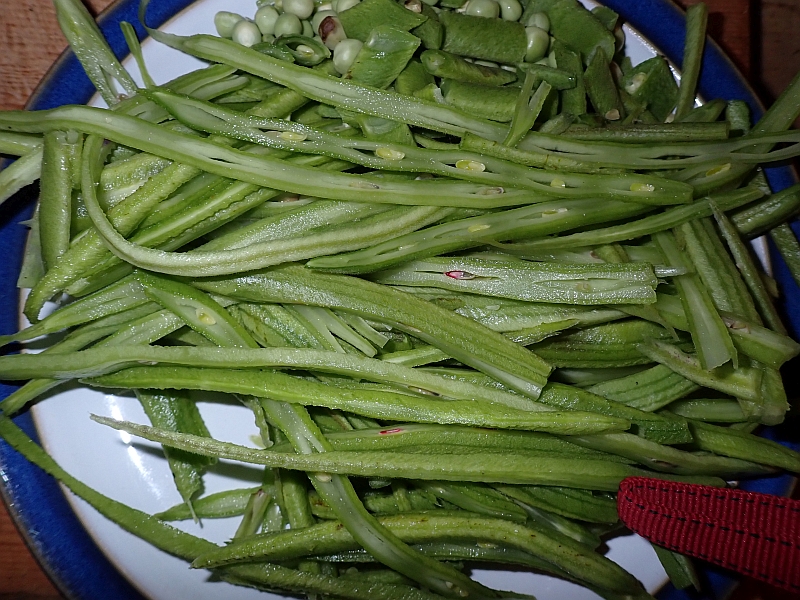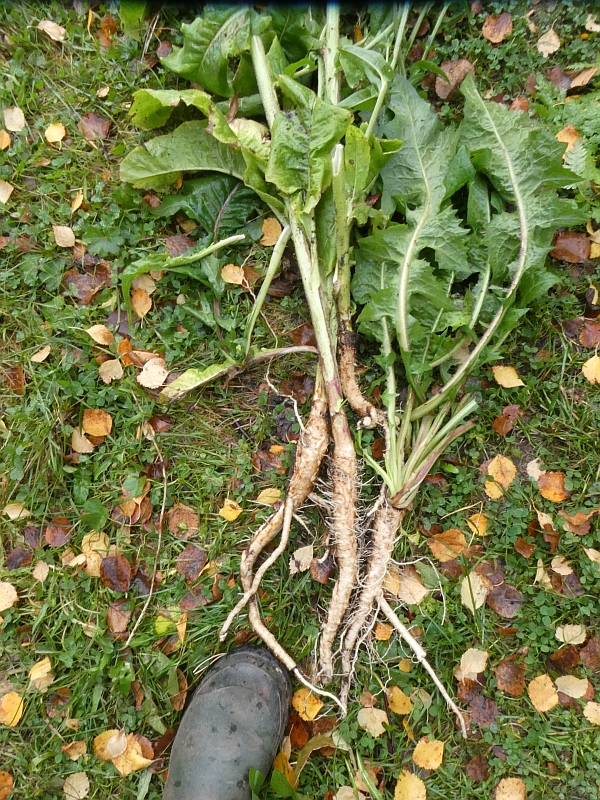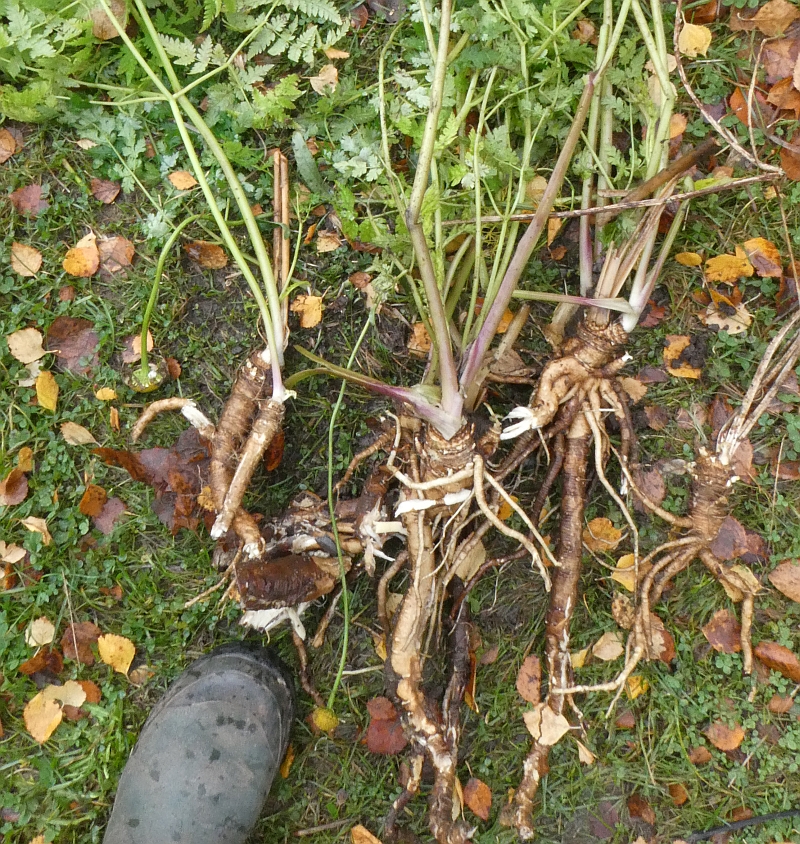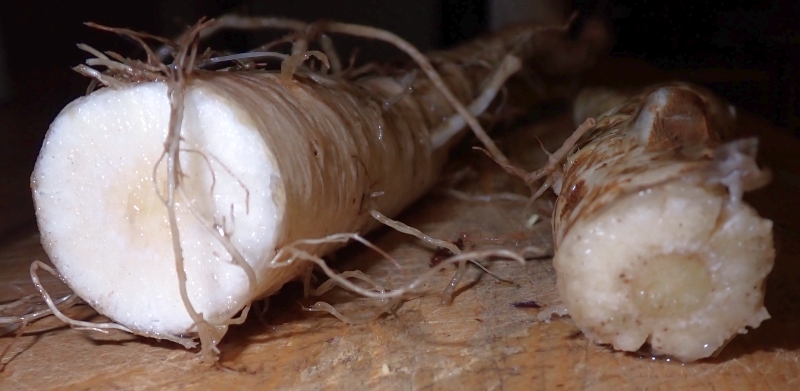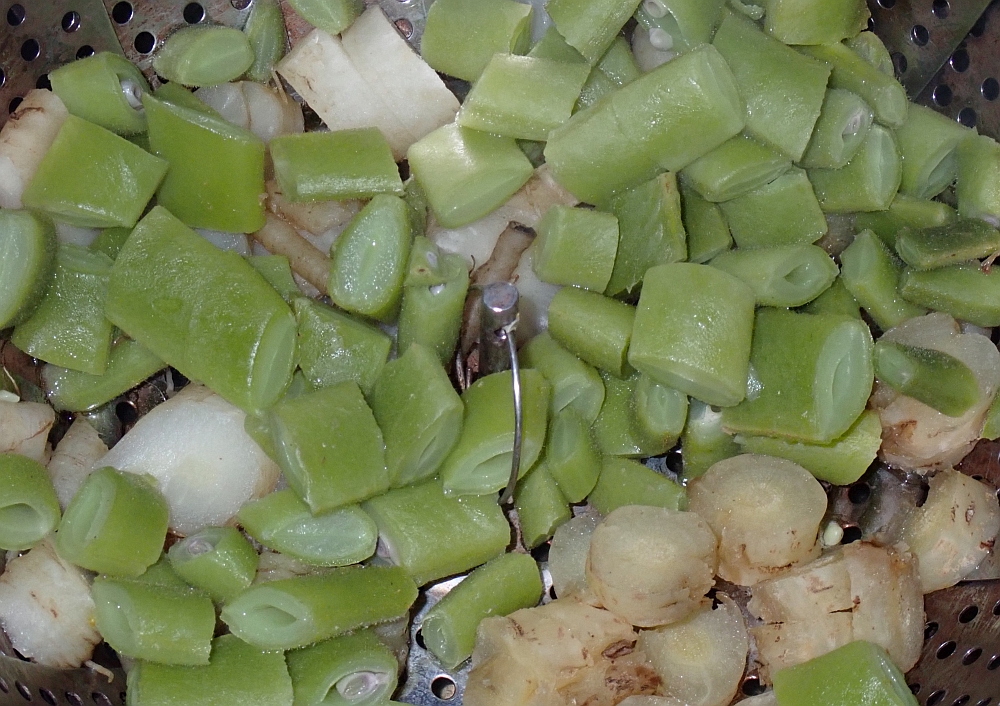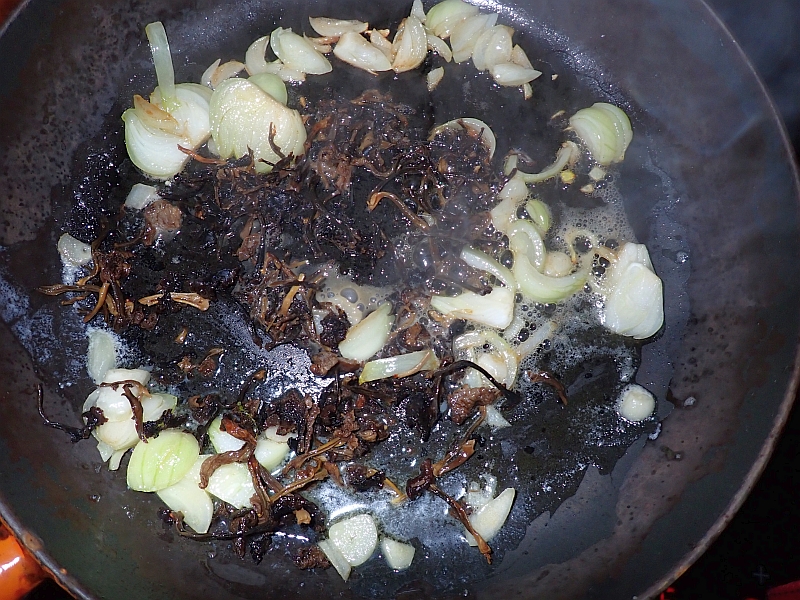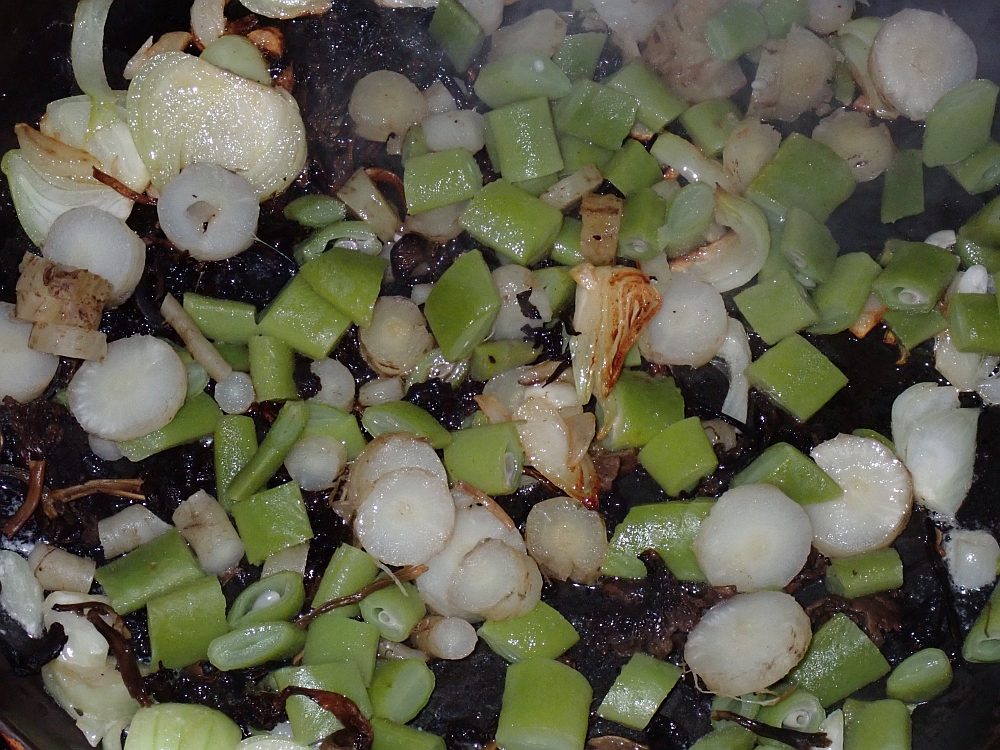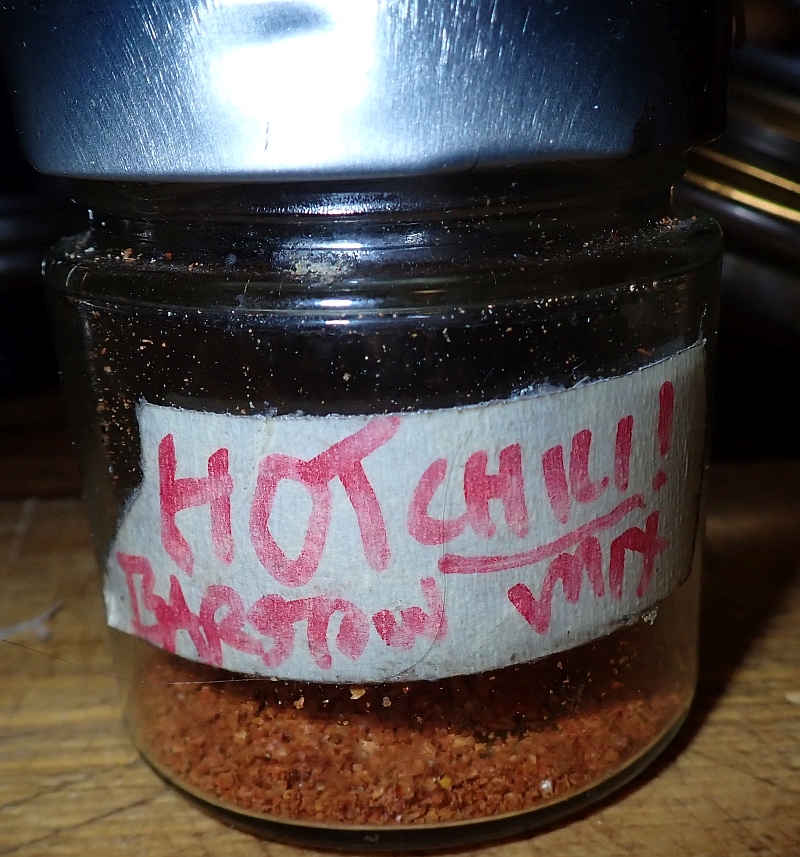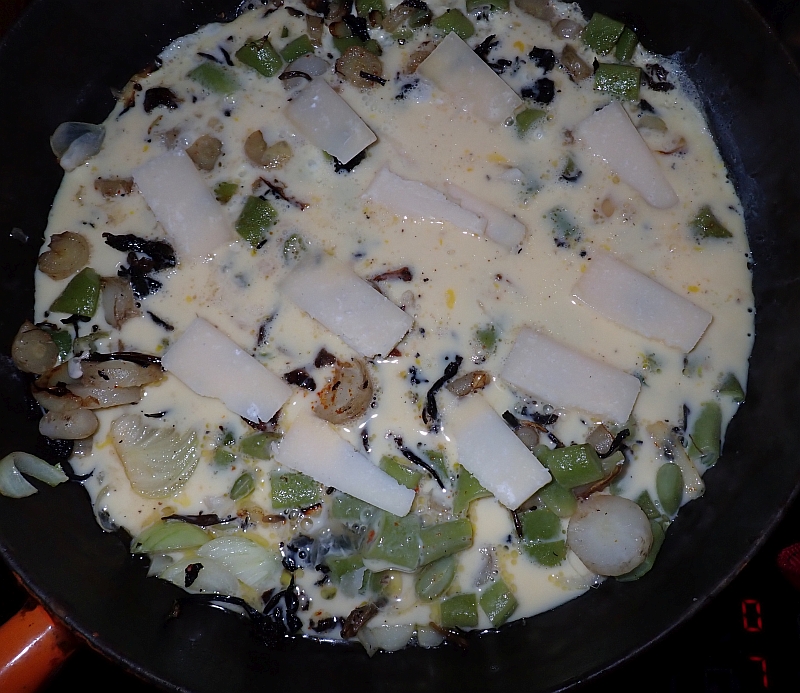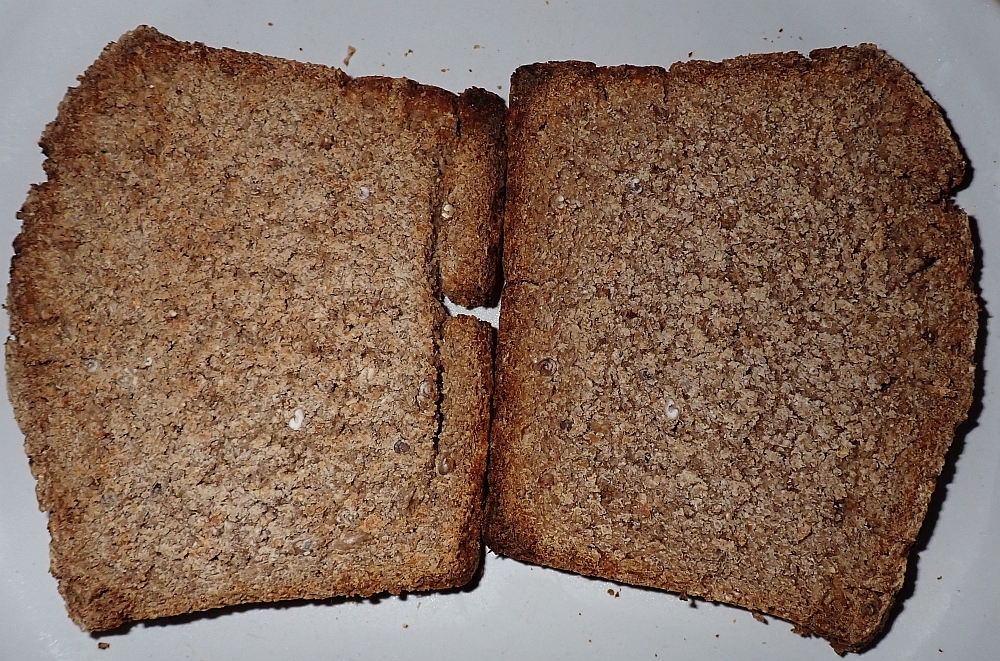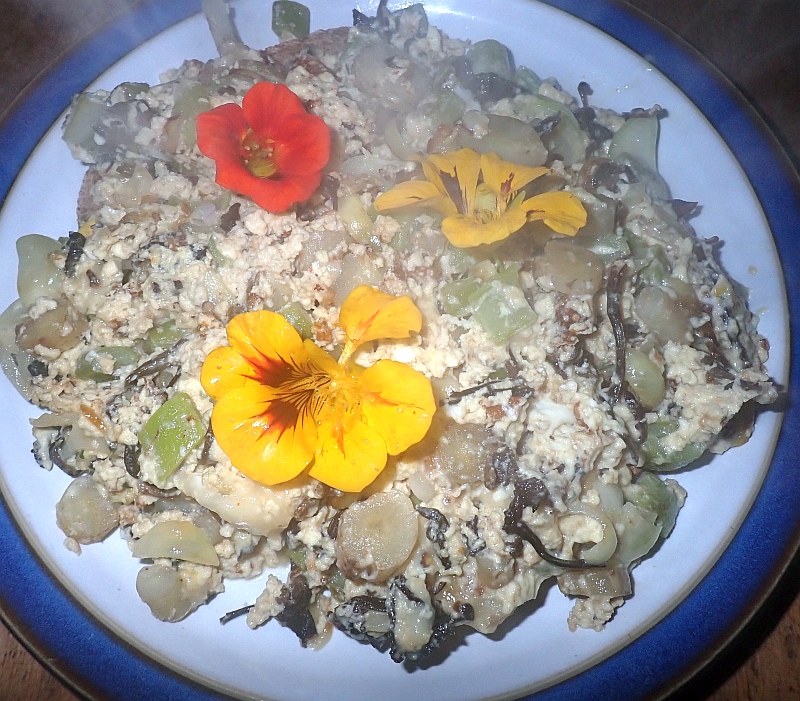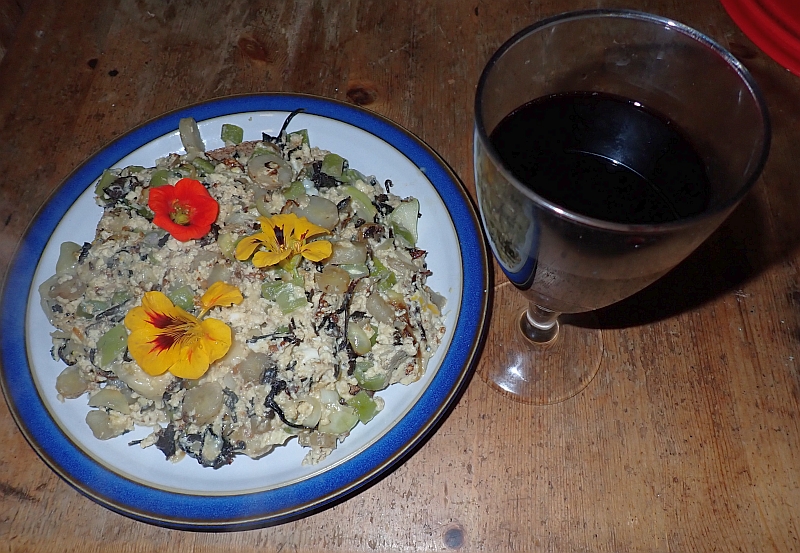KVANN Trøndelag med meg selv i spissen har etablert en del samlinger av nytteplanter og driver også en del forsøk og prosjekter med støtte fra Sparebankstiftelsen gjennom Schübelers hager
Her finner dere en oversikt over det som skjer i hagen denne sommeren.
Besøk
Hagen er fritt tilgjengelig for publikum og vi arrangerer hagevandringer, kurs og friluftsdager. Sommeren 2024 tok vi imot grupper av innvandrere fra både Trondheim og Malvik. Det er arrangert to hagevandringer for medlemmer av Trondheim Sopp og Nyttevekstforening i mai og august samt for deltagere av Nyttevekstreffet i juni. Den siste planlagte hagevandring arrangeres søndagen 22. september kl 14 som en del av Økouka. Det ble også arrangert Pollinatortelling i samarbeid med La Humla Suse i begynnelsen av juli.
Se også Arche Noah besøker Trøndelag
Verdenshagen
Hagen fortsetter å vokse seg til og det er plantet en god del nytt denne sommeren og det er laget flere planteskilt.
Av mer eksotiske nytteplanter er det plantet en kuldetolerant variant av sukkerrør, søtpotet samt Kinesisk yams (Dioscorea polystachya) og adlay / Jobs tårer Coix lacryma-jobi (en sort fra Japan). Sistnevnte er en flerårig kornvekst Poaceae. To sorter Cyperus esculentus (chufa eller tigernøtter) fra starrfamilien er også plantet: knollene er søte og gode.
KVANNs Grønnsaksreservat og forsøksfelt
Det var en kald vinter og ingen av våre flerårige kål overlevd ute. Heldigvis har de fleste sortene overlevd som stiklinger og et nytt felt med 9 sorter er plantet samt en vill art, Brassica cretica. Interessant nok resisterte sistnevnte angrepet av kålmøll – smaken er mer bitter enn de øvrige sortene.
Etter vi startet med utprøving av ca 15 sorter gamle nepesorter for 3 år siden satser vi nå videre med følgende sorter som vokser bra hos oss (frøoppformeres lokalt fremover): Korova fra Sverige (veldig store neper med god smak), Norsk Elite, Målselvnepe “Væres Venners”-linjen (utgangspunkt var 5 sorter fra Nordgen), Svedjenepe “Væres Venner” og en lokal Snøball-nepe. Nytt i år er at vi tester sorten “Gränsrova” fra Sesam, en sort som var / er dyrket nær grensen til Norge på Østlandet.
Vi tester videre 3 kålrotsorter som er lovende fra tidligere forsøk: Bangholm Sandnes, Bangholm Vereide (fra Nordgen) samt svensk Baggens fra Sesam.
I år var det dyrket 21 sorter erter inkl. følgende norske sorter: Norrøna, Carlinert, Askerert (Ringeriksert?), Tidlig Lav, Engelsk Sabel Grimstad, Lomsert, Slikkerter fra Våler , Tidlig Sabel fra Kvithammer, Tidlig Grønn Sabel og Japansk Margert fra Tingvoll (sistnevnt oppdaget vi ifjor, hadde kommet til Tingvoll rundt 1920 fra USA).
Medlemmer av felleshagen har ikke lov å dyrke med noen form for plastdekke (ingen fiberduk er tillatt pga mikroplast) og da kan dyrking av gulrot og pastinakk være utfordrende pga angrep av gulrotflue. Derfor har vi et forsøk i samarbeid med medlemmer hvor vi bruker og sammenligner forskjellige metoder for å slippe eller redusere angrep: vi kjøpte inn forskjellige sorter som skal ha en viss resistens: Fly Away, Maestro, Ibiza og Resistafly; det dyrkes i opphøyde bed (pallekarm) fordi fluen skal fly lavt og på den måten ikke oppdager plantene; samplanting med Tagetes lucida.
Vi prøver to sorter bindsalat (celtuce) som er en variant av vanlig salat (Lactuca sativa) som er selektert for de tykke stilkene. Den kinesiske sorten “Kinesisk Keule” har vokst best og jeg håper at frøene modnes før frosten!
Forsøket med frilandstomatene fortsetter (dyrkes ved siden av en steinmur som magasinerer varmen). De tidligste sortene fra forsøk de to siste årene er med videre: 42 days, Linda Sibirsk og Turbo Reakivny som alle har gitt gode avlinger fra midten av august.
Det er satt igang forsøk med tidlige lave sorter solsikker med tanke på at frøene vil modne slik at fuglene og særlig stillitsen kan få lokal produsert mat til vinteren.
Vi fortsetter seleksjon av en fargerik landsort bondebønner og et nytt forsøk med tidlige sorter bondebønner med tanke på en sort som kan dyrkes enda lengre nord. 7 sorter var sådd i slutten av mars, både kommersielle sorter som Hangdown, Express og De Monica og fra den tyske genbanken IPK Gatersleben. Feltet var høstingsklar allerede i midten av august! De øvrige bondebønnene var sådd i slutten av mai for å unngå at sortene fra de to forsøkene krysset seg med hverandre.
Vi fortsetter også i år med seleksjon av en tidlig landsort løpebønner (Phaseolus coccineus) som tok utgangspunkt i bønner som modnet ifjor fra ca 20 tidlige sorter fra IPK Gatersleben og andre kilder.
Vi oppformerer to nye gamle virusrenset sjalottsorter fra Anders Nordrum – Ørskog og Luntvika
Vi fortsetter dyrking av spennende sikori sorter, både en lokal Witloof landrase (for innedriving vinterstid), rotsikori sorten Soncino som brukes som rotgrønnsak og diverse andre spennende bladsikori sorter som ikke går i stokk hos oss. Vi dyrker videre til frø i 2025.
Vi fortsetter dyrking av ettårige (tidlig) svartrot (Scorzonera hispanica).
Det er også igangsatt et forsøk med 36 sorter pipeløk (Allium fistulosum) sådd og plantet ut i august og høstet til våren som ekte “vårløk”.
Bærbusker, frukttrær og nøttetrær
Områdene i felleshagen satt av til frukt, bær og nøtter nærmerer seg fullt. Det siste området i sør plantes opp nå i august og september deriblant Hjertenøtt sortene Kalmar og CW3, Valnøtt Haratun og Goumi (Elaeagnus multiflora) sorten Red Cherry.
Tag Archives: blomsterbønner
Runner Bean Falafels
After many years of trying, I managed to get a decent crop of dried runner beans / løpebønner* (Phaseolus coccineus). My own garden is a bit too cold due to the shady conditions on a rather windy spot. Last year I grew a selection of 15-20 early varieties sourced from the German gene bank IPK Gatersleben and commercial suppliers which I grew successfully in the sunnier community garden (Væres Venner).
They were made into delicious falafels, accompanied by living room grown Kandahar cress (karse) and wild buckwheat / vill bokhvete and turned into gourmet food with a couple of dandelion flowers from the windowsill!
*In Norwegian, these beans are known usually as blomsterbønner (flower beans) and most often used as an ornamental. I prefer to call them løpebønner to better reflect that these are much more than an ornamental!
Northern Runner Bean Grex
Last winter I sourced 16 of the earliest varieties of runner beans / løpebønner (Phaseolus coccineus), a bean that is marginal in maturing (for seed) in my area. I decided therefore to try and create an earlier maturing landrace for my area. The varieties I grew can be found at the bottom. They were started indoors and transplanted out in the Væres Venner Community Garden in Trondheim in early June, all planted close to each other. Here they are in flower in mid-August:
Despite a very wet autumn there was quite a good yield of mature beans; a good start!

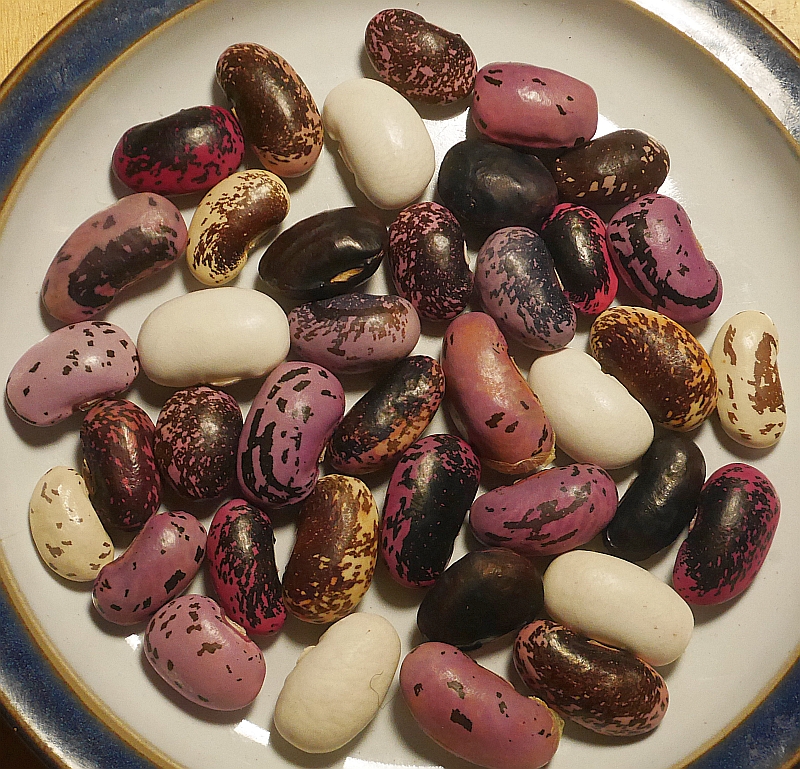
As with my broad bean grex, I will select for earliness and diversity of colour.
These varieties were used:
Polestar (Chiltern Seeds)
Celebration (Chiltern Seeds)
Jackpot (Chiltern Seeds)
Sunset
Ruusupapu (Finland)
Hammond’s Dwarf Scarlet
Preisewinner (PHAS 8592/ German) IPK Gatersleben
Bicolor (PHAS 212/ Slovakia) IPK Gatersleben
(PHAS 8106/ German) IPK Gatersleben
(PHAS 8158/ Slovakia) IPK Gatersleben
Albiflorus (PHAS 8121) IPK Gatersleben
Stengebohnen (PHAS 8143/ Netherlands) IPK Gatersleben
Albiflorus (PHAS 8117/ German) IPK Gatersleben
(PHAS 8124/ Austrian) IPK Gatersleben
Local runner bean landrace

Sweet cicely / chicory root scrambled egg
I had been asked if I had photos of the roots of chicory (sikkori) and sweet cicely (Spansk kjørvel) for a talk about wild edible roots. I therefore dug some from the garden.
Inspired by traditional Mediterranean ways of preparing wild and cultivated vegetables, I boiled the roots and they were then stir-fried with onions and winter chantarelle mushrooms before being added to scrambled egg (see the pictures for more).
All the roots on the perennial chicory were far too fibrous to eat, but the sweet cicely roots were good (at least the younger ones!)
More or less any vegetable can be prepared this way!
Simple is best!
Mini-glut of runner beans
The climate is such here that starting runner beans / blomsterbønner (Phaseolus coccineus) in mid-May they normally aren’t ready to harvest until September and the first frosts in October usually stop their development. Growing seed to maturity is also a challenge in many years, so it’s difficult to select better and earlier varieties more suited to my climate. Early October and we are only just managing to eat all the runner beans. Only once in the almost 40 years I’ve been growing them here was there such a big harvest that I had to preserve them. Not having a freezer, they were salted for later use. These were used in a fish soup this week, sliced using an English runner bean shredder! I grew two varieties this year, the heirloom Painted Lady with bicoloured red and white flowers and red flowered Firestorm with very long stringless beans. Firestorm was a little later. They were transplanted outside at home and in the Americas part of the World Garden at the Væres Venner Community Garden.